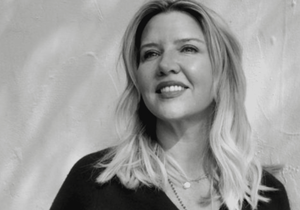Creating Communities of Practice
Dear Rosies,
There are times in life when everything feels a little unmoored. The systems around us wobble—our governments, economies, ecologies—and the personal often follows: our sense of time, purpose, self.
In times like these, many of us feel the call to gather. But not just for distraction, or debate, or surface-level togetherness. We need something deeper.
This is where the idea of a community of practice comes in.
Not a club, not a classroom, not a membership site or a fan circle—but something quieter and more enduring. A space where people who care about the same thing commit to growing in it together, through practice.
A community of practice isn’t about consuming information or following a leader. It’s about showing up, over and over, to a shared field of inquiry. It’s about learning by doing, reflecting in community, and shaping one another through presence.
Think of it like a garden. Everyone brings seeds. Everyone gets their hands in the dirt. No one person knows it all. But together, something grows.
Here are five types of communities of practice the world is longing for right now:
- Somatic Resilience Circles: Spaces to practice nervous system regulation, breath, movement, and grounding together. A reminder: you don’t have to face the chaos alone.
- Grief and Praise Tenders: People coming together to feel what’s real. To name loss, to sing beauty, to remember how to mourn and celebrate in shared ritual.
- Earth-Based Mutual Aid Guilds: Skill-sharing groups that tend gardens, save seeds, make tinctures, share food, and remember the ancient ways of interdependence with land and kin.
- Sacred Activism Pods: Communities rooted in both inner and outer work—where visionaries gather to resist collapse not with panic, but with devotion, creativity, and care.
- Listening Triads: Small, structured circles where each person is heard without interruption or advice. (This is part of what we’re doing with Seen and Heard—building a culture of attuned, sacred listening.)
So, how do you start one? Begin with these steps:
- Choose a practice you’re longing to deepen.
- Invite 2–12 people who share that longing.
- Make an agreement: how often you’ll meet, what you’ll practice, and how you’ll hold one another.
- Keep it alive with honesty, consistency, and care.
- That’s it. Start small. Let it grow organically. Let it become a place where you remember who you are, and where others do too.
We don’t need to fix the whole world alone. But we do need each other. And we need spaces to practice the world we know is possible.
I’d love to hear what community of practice you’re dreaming of—or already holding.
With love,
Christine
Christine












